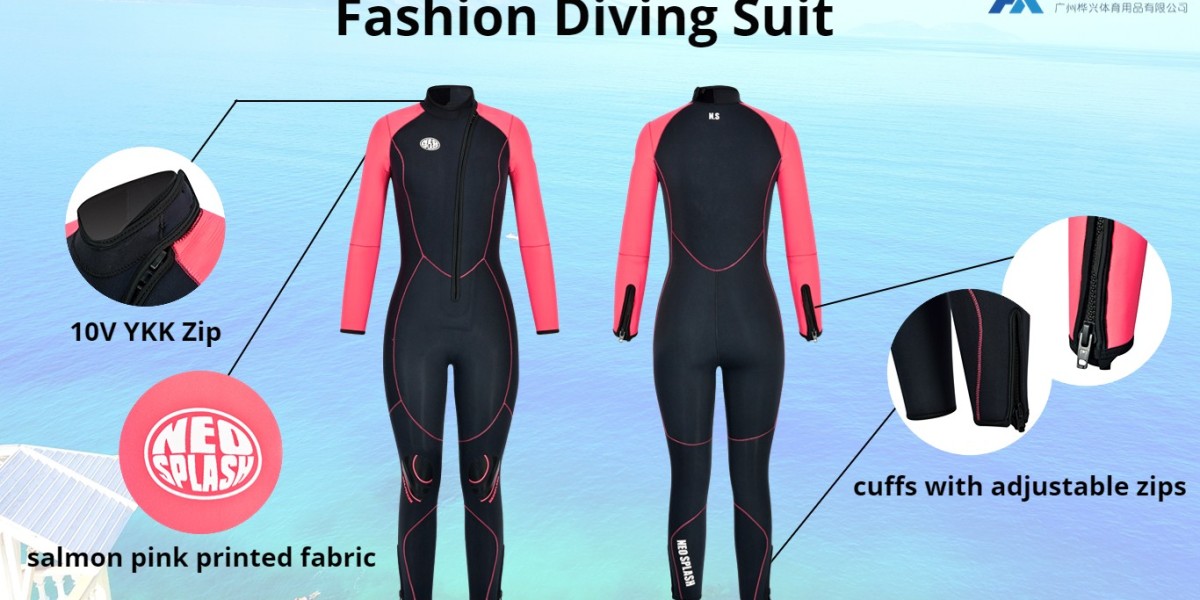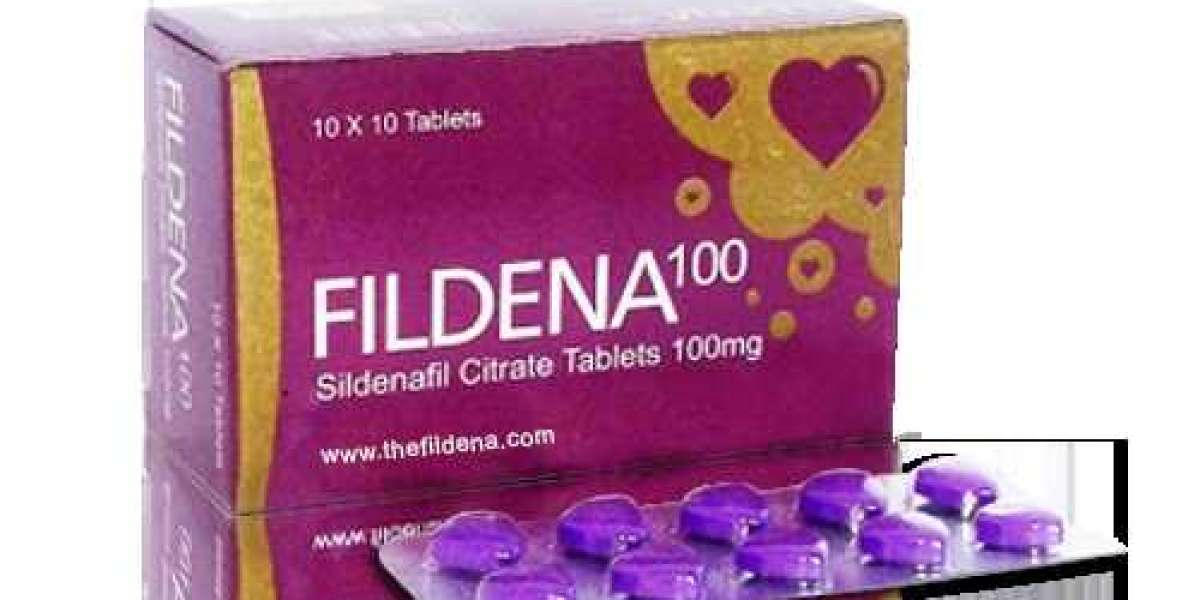Choosingthe right wetsuit is as important as choosing the best equipment for many types of water sports and recreation (including diving, surfing, kiting, and other similar styles).
For surfers and other lovers of water activities, a wetsuit allows you to sport comfortably all year round, regardless of the water temperature.
For lovers of diving and hunting, such unique clothing serves as a reliable protection against hypothermia and protects against possible scratches and minor injuries.
Therefore, the choice of high-quality neoprene wetsuit is one of the main guarantees of safe water sport, and it is worth taking a responsible approach to solving this problem.
What to consider
When choosing a wetsuit, the first thing to consider is the purpose and conditions to which it will be used.
For example, swimming in cold Arctic water and surfing (or other water activities) in southern latitudes will require completely different wetsuits.
There are three basic types of wetsuits, based on water resistance, that are best suited for specific water activities:
Wet - It's not waterproof, but it retains the layer of water that forms between suit and skin to balance body temperature.
Dry - completely isolates the body from the water and is usually used with thermal underwear.
Semi-dry - a variation of the wet type with better sealing.
For surfing, a wetsuit is the best option.
A drysuit offers maximum protection against water ingress, is the warmest, and is considered the best option for scuba diving. For windsurfing enthusiasts, semi-dry models with short sleeves and long legs are best.
A drysuit is significantly more expensive than a wetsuit. It is important to remember that this type of suit is only suitable for professional divers. Otherwise, you should take a course to learn how to use them.
No less important criteria for choosing a wetsuit are its thickness, materials and quality of tailoring in combination with cut features.
Types of wetsuits by thickness








